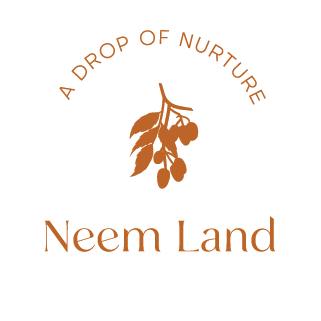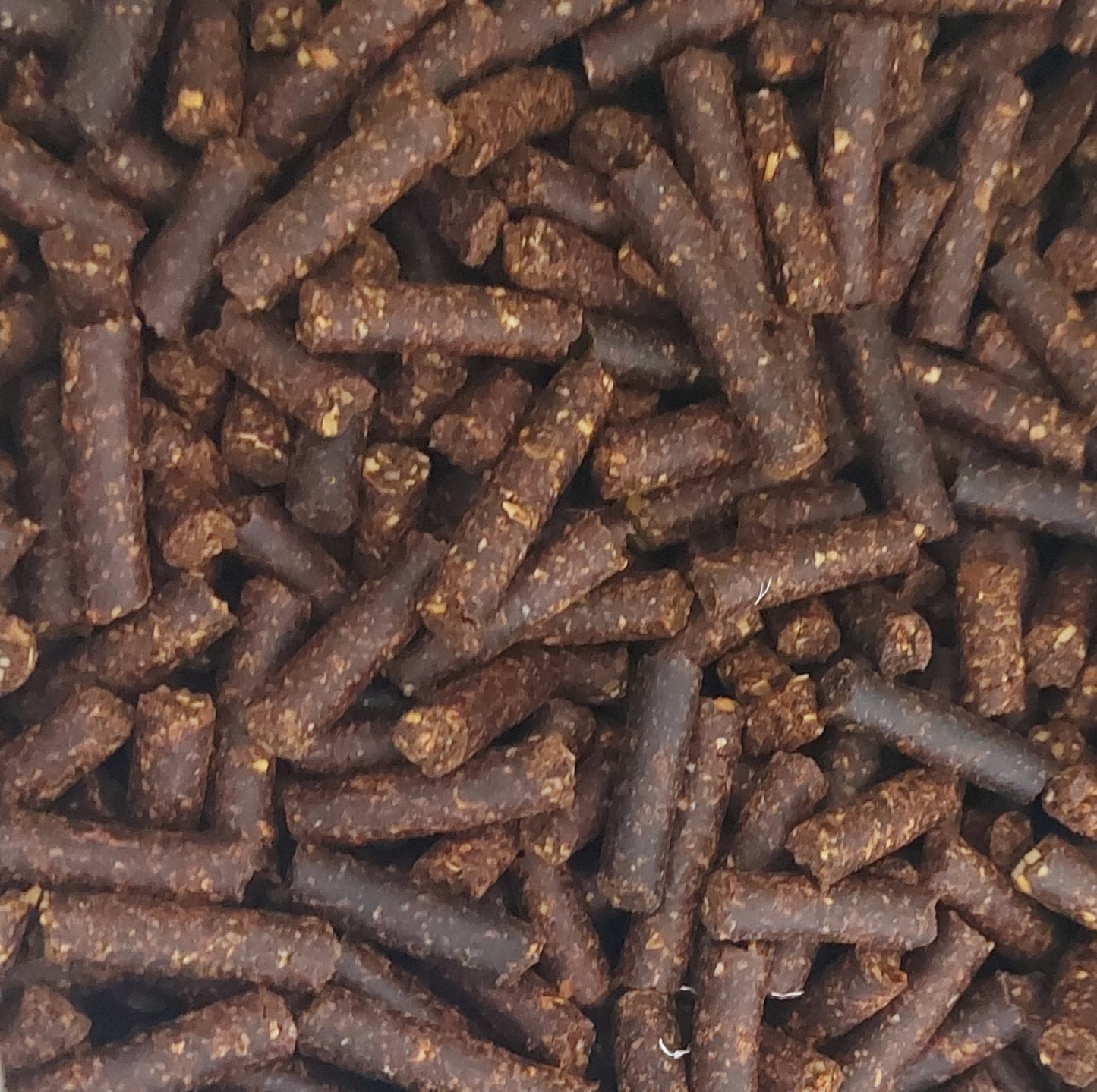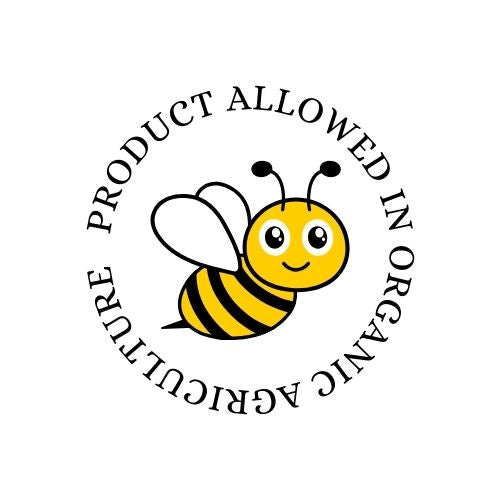Neem oil is commonly used to enhance the growth and protect soybeans from pests. Azadirachtin, a natural component of neem oil, acts as a repellent for harmful insects and can effectively eradicate them.

Before applying neem oil to soybeans, it's advisable to perform a product test to ensure its suitability for use on your plants. Then, follow the dosage instructions on the product label. The dosage may vary based on factors such as the stage of soybean growth, the level of pest infestation, and the size of the area to be treated.
Generally, the recommended concentration of neem oil for use in soybean cultivation is between 0.5% to 2%. This means that 5 to 20 ml of neem oil should be mixed with each liter of warm water or another suitable spray carrier. It's also important to properly distribute the neem oil across the plant to ensure even coverage of all leaves and stems.
Applying neem oil to soybeans can help improve growth and prevent harmful insects. However, it's important to note that neem oil should not be used as the sole method of plant protection against pests. Instead, it's advisable to combine neem oil with other pest control methods and maintain healthy soil for the best possible outcome.
Neem oil possesses several properties that can aid in the fight against diseases affecting soybeans. Active ingredients in neem oil, such as azadirachtin and nimbin, have antimicrobial, antifungal, and anti-parasitic properties that can help prevent or treat various diseases.
Some diseases that can be treated using neem oil in soybean crops include: • Anthracnose: A fungal disease that can lead to reduced soybean yield and quality. Using neem oil can help prevent the spread of anthracnose. • Rust: Rust is a fungal disease that appears on soybean leaves and stems and can cause significant yield loss. Applying neem oil can help control soybean rust. • Fusarium: Fusarium is a fungal disease that can lead to root and stem rot in soybeans and can also reduce seed quality. Using neem oil can help prevent or control this disease. • Gray Mold: Gray mold is a fungal disease that appears on soybean leaves, stems, and seeds and can result in yield loss. Applying neem oil can help reduce the spread of gray mold.
In addition to using neem oil to combat these diseases, it's important to implement other plant protection measures, such as avoiding excessive watering, proper fertilization, and maintaining a clean field. The application of neem oil to soybeans should be in line with the manufacturer's instructions, usually done by spraying the entire plant, especially the undersides of the leaves.
Utilizing neem oil can be beneficial in the fight against potential pests and diseases that may arise under such circumstances. Neem oil is a natural insecticide and fungicide derived from the seeds of the neem tree (Azadirachta indica). Here are some ways you can use neem oil after a soybean flood:
• Insecticide: Neem oil has a repellent effect on many pests, including mites, aphids, thrips, insects, and larvae. You can prepare a neem oil and water solution (following the product instructions) and spray it on the plants to deter pests. • Fungicide: Floods can create conditions favorable for fungal diseases. Neem oil has antimicrobial properties and can help control fungal infections on soybeans. Prepare a neem oil and water solution and spray it on the plants to reduce disease spread. • Plant growth enhancer: Neem oil also has properties that can stimulate plant growth and enhance their resistance to stressful conditions such as flooding. Apply diluted neem oil to the plant roots or spray the solution onto the leaves to accelerate growth and recovery.
Before using neem oil, it's important to carefully read the product instructions and follow recommended dosages. Additionally, ensure that neem oil is registered for use in your area and pay attention to safety measures when handling chemicals. If you have any doubts or questions, it's recommended to consult with an agricultural expert or local agronomist.









